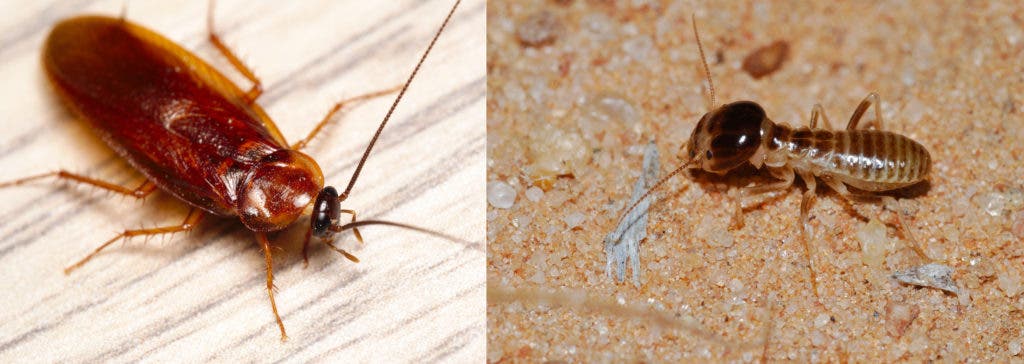As of 15 February, termites no longer have their own order — they’re essentially cockroaches, researchers say. Social cockroaches.

It’s Pluto all over again
Termites are among the most successful groups of insects on Earth, colonizing all continents except for Antarctica. Researchers have known for quite a while that they are closely related to cockroaches, but recent phylogenetic studies concluded that they evolved from close ancestors of cockroaches during the Jurassic or Triassic. Now, the Entomological Society of America (ESA) is updating its master list of insect names to reflect these studies. In other words, officially, termites will be demoted from their own order, into the order of the cockroaches, called Blattodea — just like Pluto was demoted from the rank of planet. However, unlike Pluto, it’s unlikely that this move will draw any public backlash, especially as hundreds of species are pests that can cause serious damage to buildings, crops, or plantation forests.
At a first glance, cockroaches and termites don’t have much in common. Cockroaches are solitary creatures, living and surviving mostly on their own, whereas termites, originally called “white ants” by European naturalists, are almost always social. But despite apparent similarities, ants and termites are actually very different, representing a case of convergent evolution — independent evolution of similar features in species of different lineages. Think of how birds and bats both developed wings and are capable of flight, but are not related at all. So despite looking a lot like ants, termites are basically cockroaches; social cockroaches, that is.
Strong evidence suggests that termites evolved as specialized wood-eating cockroaches. An important study that illustrated this was in 2008 when an exhaustive study analyzed different species of termites, cockroaches, and mantises from across the globe. Then, Paul Eggleton at the Natural History Museum in London and his colleagues showed, beyond a reasonable doubt, the similarity between these groups (termites and mantises are also closely related).
However, the decision to merge termites and cockroaches into one group wasn’t an easy one, says Whitney Cranshaw of Colorado State University in Fort Collins, a longtime member of the society’s naming committee.
“Probably some of us, including myself, didn’t want to make the change because we liked it the way it was,” he says. Termites and cockroaches as separate orders were easy to memorize for the undergraduates he teaches. Yet, he voted yes. “It’s what’s right.”
The fact that the ESA demoted termites into the group of cockroaches says a lot about how convincing this evidence is. The ESA Common Names database a vital reference for anyone who works with insects. It includes more than 2,000 common names and is searchable by common name, scientific name, author, order, family, genus, and species.






